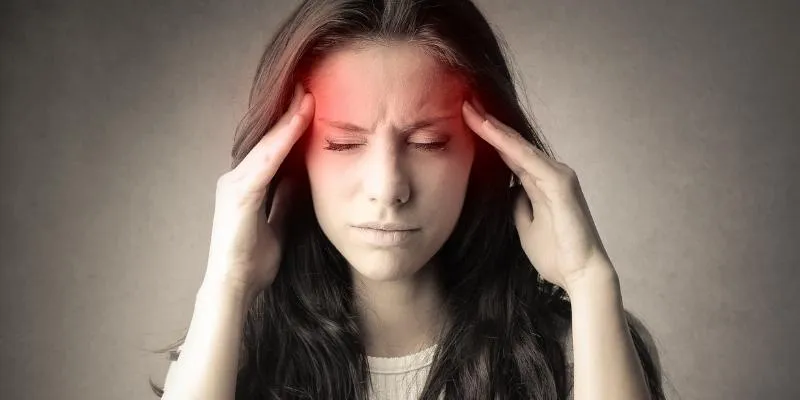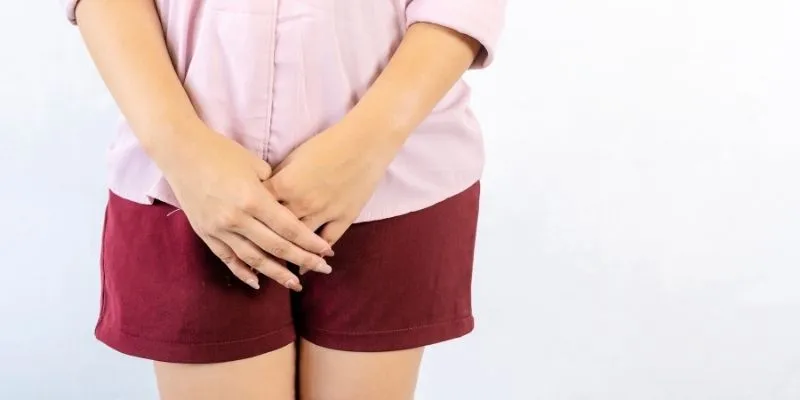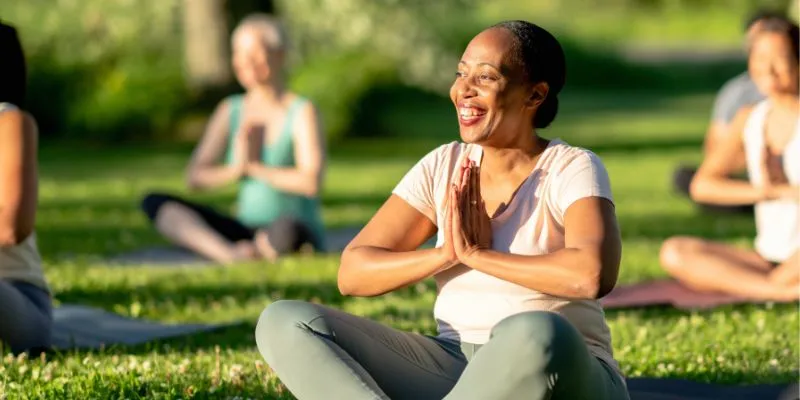Monkeypox Explained: Symptoms, Spread, and Prevention Tips
Monkeypox is a viral disease that first appeared in animals in the Congo Basin, Central Africa, in 1958. Recently, there has been a significant increase in human infections worldwide. Although it is not as well-known as smallpox, monkeypox presents similar symptoms and can quickly affect populations, especially those in close contact. This blog post aims to provide a comprehensive understanding of monkeypox, including its symptoms, transmission, and prevention methods.
What Are the Symptoms of Monkeypox?
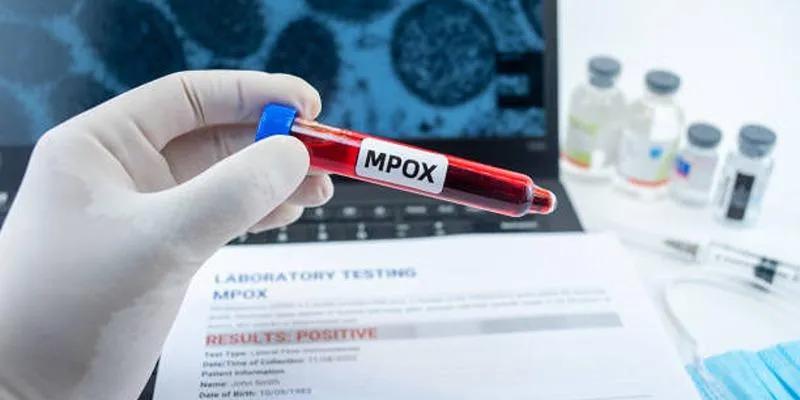 Early
recognition of monkeypox symptoms is crucial for timely diagnosis and medical
intervention. Monkeypox usually presents in two stages:
Early
recognition of monkeypox symptoms is crucial for timely diagnosis and medical
intervention. Monkeypox usually presents in two stages:
Initial Symptoms
The initial symptoms of monkeypox mimic those of the flu or a common cold, making it challenging to distinguish between them without further observation. These symptoms include:
- Fever
- Headaches
- Muscle aches
- Fatigue
- Swollen lymph nodes
These initial symptoms typically last for 2 to 4 days, after which the fever begins to subside. However, a distinctive rash soon follows.
The Rash and Skin Lesions
The rash associated with monkeypox begins with red, flat lesions that develop into papules and eventually vesicles. These blisters can be painful and may contain pus. The rash initially appears on the face and then spreads to other parts of the body, including the hands, feet, mouth, and genital area. Skin lesions usually take 2-4 weeks to heal, although they may leave scars.
How Does Monkeypox Spread?
Monkeypox primarily spreads through contact with infected animals or humans. The virus can be transmitted in several ways:
Animal to Human Transmission
The virus was initially transmitted to humans through direct contact with infected animals, particularly rodents or monkeys. Although monkeypox is less common in animals now, it remains a potential source of human infection. Handling infected animals can increase the risk.
Human to Human Transmission
Monkeypox can spread from person to person through respiratory droplets when an infected person coughs or sneezes. Close physical contact, such as touching the rash or body fluids, also facilitates transmission. Additionally, contaminated objects or surfaces, like towels or bed sheets, can be sources of infection.
Airborne Transmission
Though less common, monkeypox can be transmitted through the air, especially in close quarters. For example, sharing a room with an infected person for extended periods can increase the risk of airborne transmission.
Monkeypox in Recent Years
In recent years, monkeypox has spread more widely, particularly in regions with frequent human-wildlife interactions. The virus is now present on multiple continents, prompting concern from health organizations like the World Health Organization (WHO) and the Centers for Disease Control and Prevention (CDC). While still relatively rare compared to other viruses, monkeypox can be highly contagious in certain situations.
Tips and Precautions to Prevent Monkeypox
Although there is no specific cure for monkeypox, several measures can help reduce the risk of infection or spread. Here are some prevention tips:
1. Avoid Close Contact with Infected Individuals
If you suspect someone has monkeypox or if they display symptoms, avoid close contact, especially if they have a visible rash. Isolation of infected individuals is crucial to prevent further spread.
2. Practice Good Hygiene
Regularly washing your hands with soap and water can reduce the risk of contracting the virus. Avoid touching your face, especially your eyes, nose, and mouth, as these are common entry points for the virus.
3. Wear Protective Gear
If you are in a high-risk area or working with potentially infected animals, wearing personal protective equipment (PPE), such as gloves, masks, and eye protection, is recommended to minimize exposure.
4. Vaccination Options
While there is no specific vaccine for monkeypox, smallpox vaccines may offer some protection. Consult with a healthcare professional to determine eligibility for vaccination.
5. Quarantine and Isolation
Isolating individuals showing symptoms of monkeypox can prevent transmission. Quarantine measures should be implemented, and healthcare providers should exercise caution when treating patients.
Treatment of Monkeypox
There is currently no specific antiviral treatment for monkeypox, but healthcare professionals can manage symptoms to alleviate discomfort. Supportive care may include pain relievers, fever reducers, and medications to prevent secondary infections. In severe cases, antiviral drugs used for similar viruses, such as smallpox, may be administered.
If you or someone you know exhibits symptoms of monkeypox, it is essential to seek medical attention promptly. Early detection and isolation can prevent complications and help stop the virus from spreading.
Monkeypox vs. Smallpox: What’s the Difference?
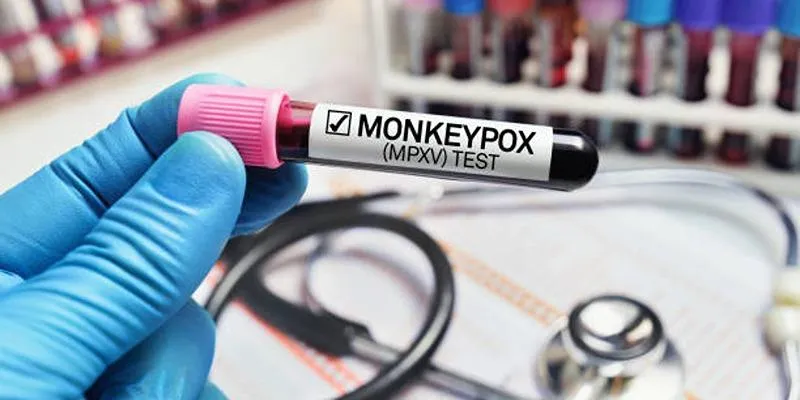 Monkeypox and
smallpox are often confused due to their similar symptoms. However, there are
key differences between the two:
Monkeypox and
smallpox are often confused due to their similar symptoms. However, there are
key differences between the two:
Transmission Rates
Smallpox spreads more easily and was historically more deadly than monkeypox. Monkeypox generally results in fewer deaths and has a lower mortality rate.
Severity of Symptoms
Monkeypox typically causes less severe symptoms than smallpox. The rashes associated with monkeypox are also less severe and heal faster than those seen with smallpox.
Eradication
Smallpox was declared eradicated in 1980 due to widespread vaccination efforts. However, monkeypox still exists in certain regions and poses a threat to those in high-risk areas.
Conclusion
While the global spread of monkeypox is concerning, it is not as widespread or dangerous as many other viral infections. Education, early detection, and proper hygiene practices are key to preventing its spread. By taking the right precautions and staying informed, you can help protect yourself and your loved ones from this potentially serious virus. Always consult your healthcare provider if you have concerns or believe you have been exposed to monkeypox.



